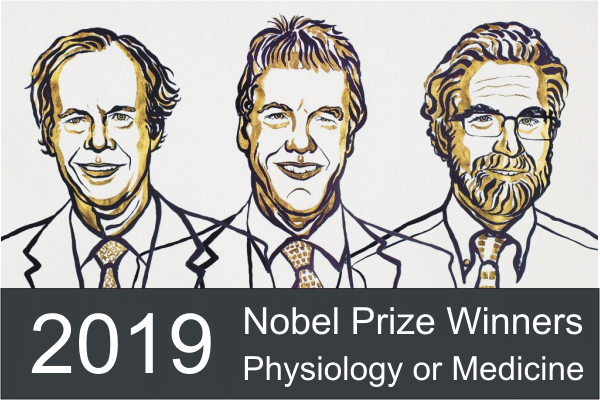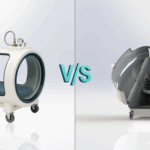The Nobel Assembly at Karolinska Institutet awarded the 2019 Nobel Prize in Physiology or Medicine to Mr. William G. Kaelin Jr., Sir Peter J. Ratcliffe and Mr. Gregg L. Semenza for their discoveries of how cells sense and adapt to oxygen availability.

The importance of oxygen is nothing new. The questions of “How have we adapted to lower oxygen levels?” is not only valid for our health now, but also the health of future generations.
Have you every gone to the coast on holiday and that first night you get the best & deepest sleep of your life? Well, that is most probably due to the high oxygen levels and less pollution found in coastal areas. People living in low pollution areas, especially along the coast, generally live longer, healthier lives than those living in highly populated, dense inland areas.
Some might argue that stress in larger cities is more than at the coast. That statement is true, but oxygen levels also help reduce anxiety & stress, so in a way, it’s a bit of both.
In a press release from The Nobel Assembly at Karolinska Institutet they explained that the 3 winners; “…discovered how cells can sense and adapt to changing oxygen availability. They identified molecular machinery that regulates the activity of genes in response to varying levels of oxygen”.
Below is a video released where William G. Kaelin Jr. explains their research:
Nobel Lecture: William G. Kaelin Jr, Nobel Prize in Physiology or Medicine
Summary
All animals need oxygen to convert food into energy. The Nobel Laureates were able to identify the molecular machinery that regulates the activity of genes in response to varying levels of oxygen. A direct quote from the Institute stated; “They established the basis for our understanding of how oxygen levels affect cellular metabolism and physiological function. Their discoveries have also paved the way for promising new strategies to fight anemia, cancer and many other diseases”.
All about oxygen
Over the decades multiple academics were awarded Nobel Prizes for their research into oxygen and even ozone. The 3 Nobel Laureate winners of 2019 were able to use their predecessor’s research to confirm their findings.
- Otto Warburg | 1931 Nobel Prize in Physiology or Medicine | “for his discovery of the nature and mode of action of the respiratory enzyme.”
- Corneille Heymans | 1938 Nobel Prize in Physiology or Medicine | “for the discovery of the role played by the sinus and aortic mechanisms in the regulation of respiration.”
For those of you more interested in a condensed version of their findings, check out the video below:
Conclusion
We are very excited to see how the importance of both oxygen and ozone in medicine has grown, especially during this uncertain times with the spread of COVID-19. We are not against drugs or invasive treatments. Many lives have been saved with vaccines, chemo therapy, etc.
But sometimes going back to the basics of what our bodies need might just be the answer we’re all looking for. Salvagente has long been a proponent of increasing oxygen levels in your body to fight off various diseases and with the ozone steam saunas flood the body with oxygen to increase SpO2 levels throughout the body.
We would also like to thank each and every researcher, scientist, doctor and inventor out there; for dedicating their lives to help improve ours.







2 comments
Join the conversationJohn Mayer - August 6, 2020
You do realise oxygen and ozone are completely different molecules with vastly different properties???????
This video is completely unrelated to ozone and ozone therapy. The Nobel prize mentioned here has absolutely nothing to do with “even ozone”, as you’ve stated above. Not by any stretch of logic or fact.
Admin - August 7, 2020
Hi John,
Thank you for your comment, as you rightly stated it’s about oxygen.
We have seen increases in SPO2 levels after ozone steam sauna sessions, and purely indicating that it’s one method to increase O2 levels in your body. It has nothing to do with other properties of the different molecules. The increase levels of SPO2 after ozone can be attributed that the unstable O3 molecules reverts back to O2 after roughly 40 minutes.
We don’t just post about ozone and ozone therapy, but other health and wellness practices and breakthroughs as well, and the videos contained in this posting was not meant to be about ozone.
Kind regards,
Salvagente Team.